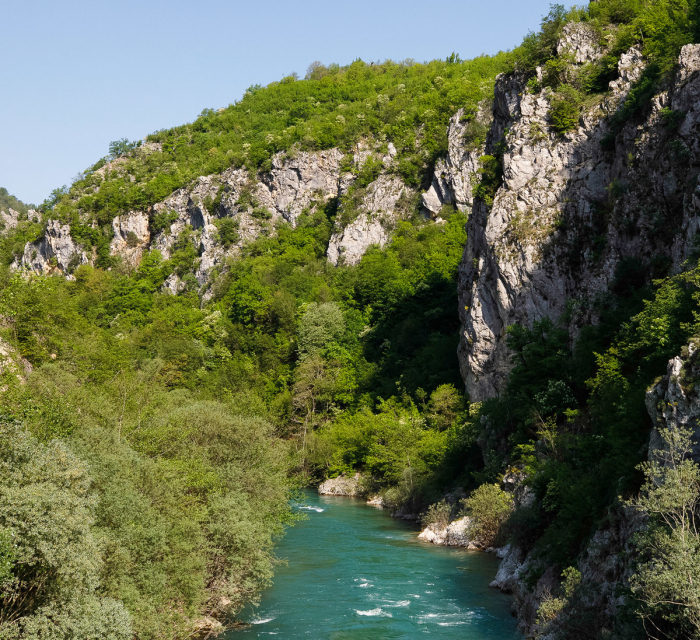One: The Paper
With a history of well over 1,500 years, Korean handmade paper, known as hanji, is familiar to Koreans but a mystery outside of its home country. This lustrous paper – made in a wide array of thickness, colour, dimension, and translucency – was once a coveted item both inside and beyond Korean borders.
Made by farmers and artisans during bitter cold winters, hanji was a noble marker of the literati who demanded high-quality paper for books, documents, calligraphy, and painting. It played a sacred role in manuscripts of religious texts and as ‘spirit paper’ that was burned in funeral rituals where the ashes symbolically disappeared into the heavens. The oldest extant woodblock print in the world is on hanji, found in a Buddhist stupa (burial mound) and dated 751CE – its silk wrapper had disintegrated but the paper was intact when discovered over 1,200 years after it was made. Fashioned into objects that ranged from kites to armour; from greenhouses to shrouds; from shoes to chamber pots, there was seemingly no end to the possibilities of paper through the transformation of natural fibres via human ingenuity. But then the forces of history and industrialisation collided and left this once-celebrated substrate, and its related craft practices, near-extinct.











































